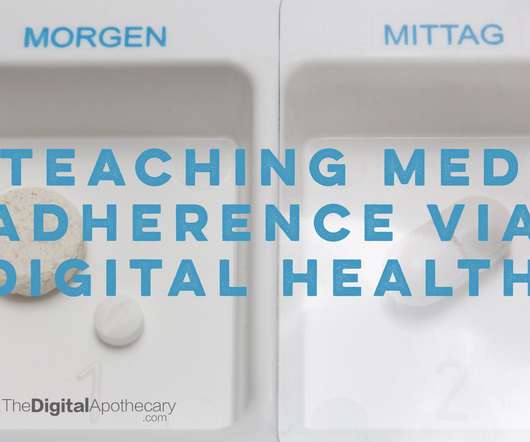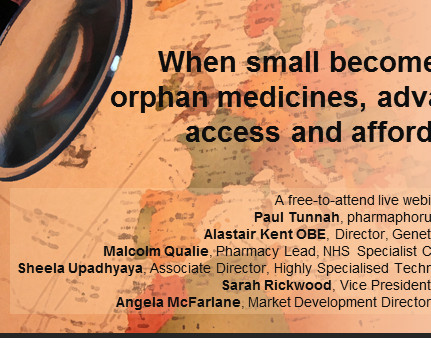Life sciences promotional content management for speed, compliance and insight
pharmaphorum
APRIL 27, 2017
The life sciences landscape is moving at a rapid pace, which in turn is increasing the demands on marketers to create innovative, digital content faster while maintaining industry compliance. Veeva Systems recently conducted an annual industry study, focused on content and digital asset management within life sciences. Gleaned from the experiences and opinions of leaders across the life sciences industry, the research uncovers current practices and the industry’s need for more advanced approache



















Let's personalize your content